|
"Astronomers have uncovered a near-record breaking supermassive black hole, weighing 17 billion suns, in an unlikely place: in the center of a galaxy in a sparsely populated area of the universe. The observations, made by NASA’s Hubble Space Telescope and the Gemini Telescope in Hawaii, may indicate that these monster objects may be more common than once thought."
--from "Behemoth Black Hole Found in an Unlikely Place." So, 17 billion times the mass of our sun is a lot of kilograms. I tried to do a little bit of math (I AM NOT A SCIENTIST, A MATHEMATICIAN, OR EVEN ABLE TO MULTIPLY TWO-DIGIT NUMBERS BY HAND SO CHILL OUT IF I MAKE A MISTAKE) to work out how close you could get before getting trapped. It's really scary. The limit is called the event horizon--go past that invisible line and you are the most fucked it is possible to be. The official scientific term is "spaghettification." I googled around and found an equation to calculate the radius around a black hole below which you have to go faster than light to escape (event horizon, aka: "Schwarzchild radius"). It's actually way simpler than I expected: r = 2MG/c² r is the "Schwarzchild radius." M is the mass of the black hole. G is a fixed number that has to be used for science reasons. c is the speed of light. Oh, by the way, the Sun (according to Google--I didn't measure it myself) has a mass of: 1,989,000,000,000,000,000,000,000,000,000 kilograms. This black hole has a mass of THAT, times 17,000,000,000. Which works out to: 33,813,000,000,000,000,000,000,000,000,000,000,000,000 kilograms. For comparison, I weigh about 65kg. Plug that really big number into the top part of the equation, double it, and multiply it again by the special G number, then divide all that by the speed of light (times itself), and you get--you guessed it--another really, big number. But not QUITE as big: 5,018,500,000,000 meters. I looked up the metric prefix for that and it's "tera-," as in "Five terameters." Like "terabyte," for computers. It's a trillion of something. Five trillion meters. Or, five thousand billion meters. That's the radius of the sphere of don't-go-there around this black hole. If you remember from math class, a "radius" is half the diameter. Our *entire solar system* has a radius of: 4,500,000,000,000 meters. Put another way: Diameter of our solar system: nine billion kilometers. Diameter of the sphere of space and time that this black hole has cut off from the rest of the universe forever: ten billion kilometers.
0 Comments
Between zero and one, there are an infinite number of decimals. If that's infinite, then between zero and ten, there are 10 infinities. There is no shortage of little infinities, and we have nearly infinite time in which to explore them. Fun stuff to think about. Here's a video that helps us to think about the very long infinities of time that await us, and maybe a concept even weirder than infinite time at the end. 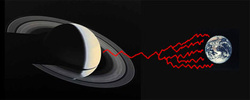 Why are these still in every newspaper? Do people actually believe them? Here's an incredibly simple, clear breakdown of several reasons astrology is bunk. If you need it. The blog in general is great. Here. 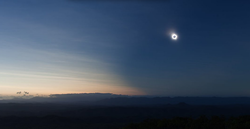 In this video you can see the shadow of the moon pass over the earth. It's something you wouldn't normally be able to make out but the right combination of moon position and timing delivers awesomeness. Link to NASA's Astonomy Picture Of The Day site (and the video): here. From NASA: "Have you ever experienced a total eclipse of the Sun? The above time-lapse movie depicts such an eclipse in dramatic detail as visible from Australia last month. As the video begins, a slight dimming of the Sun and the surrounding Earth is barely perceptible. Suddenly, as the Moon moves to cover nearly the entire Sun, darkness sweeps in from the left -- the fully blocked part of the Sun. At totality, only the bright solar coronaextends past the edges of the Moon, and darkness surrounds you. Distant horizons are still bright, though, as they are not in the darkest part of the shadow. At mid-totality the darkness dips to the horizon below the eclipsed Sun, created by the shadow cone -- a corridor of shadow that traces back to the Moon. As the total solar eclipse ends -- usually after a few minutes -- the process reverses and Moon's shadow moves off to the other side.Solar eclipses can frequently be experienced at gatherings organized along the narrow eclipse path as well as specialized cruises and plane flights." 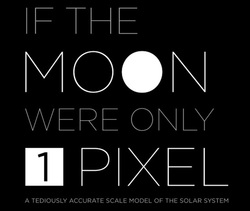 This is an updated version of something that has been around for a long time. It's a to-scale diorama of our solar system, peppered with little jokes and such. Just get as far as Earth, if you do anything. Pretty cool. http://joshworth.com/dev/pixelspace/pixelspace_solarsystem.html "Brant Widgeon is an Astronomical Image Enhancement Engineer. Many people are surprised to hear everything that goes into making the beautiful celestial images that have brought us so much awe and wonder. One of the most technically difficult parts of Brant's job however is dealing with space cats."
|
AuthorRecent studies have indicated that three servings of Jack Hostrawser per day may help to prevent sudden comas. Archives
May 2017
Categories
All
|
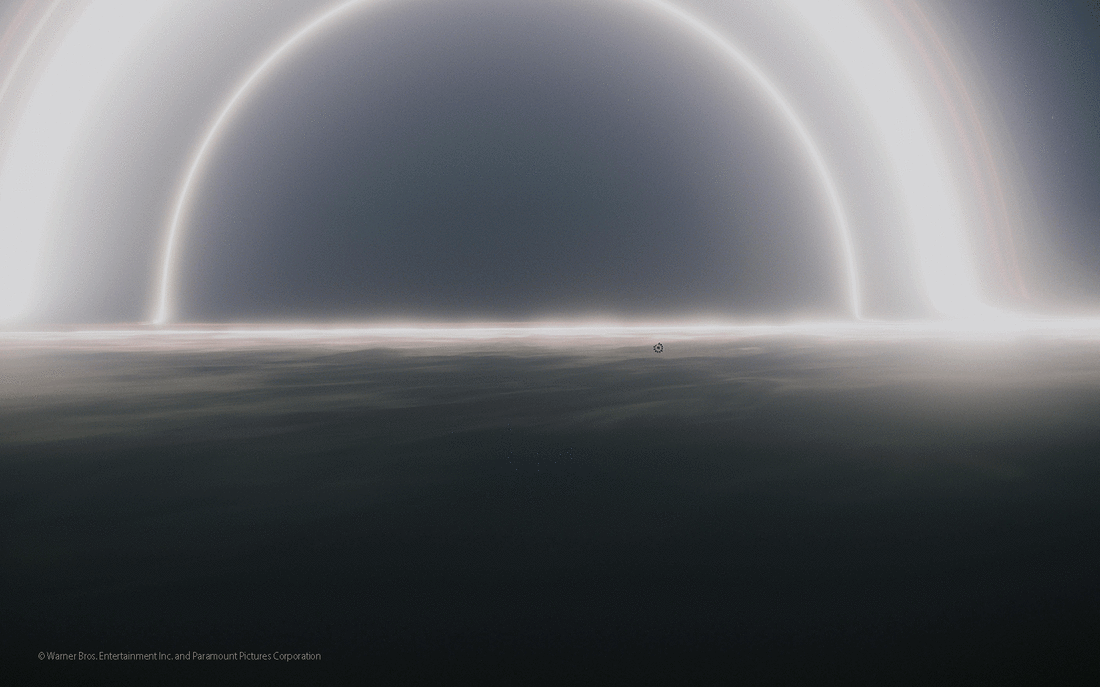
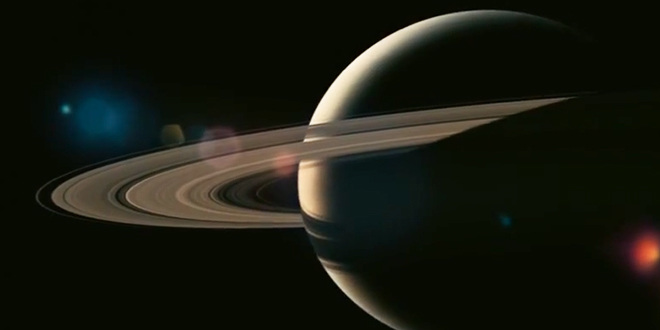
 RSS Feed
RSS Feed
